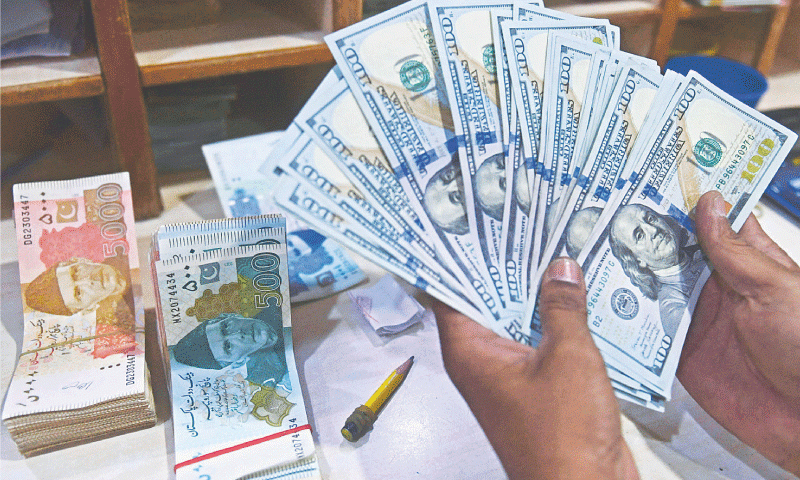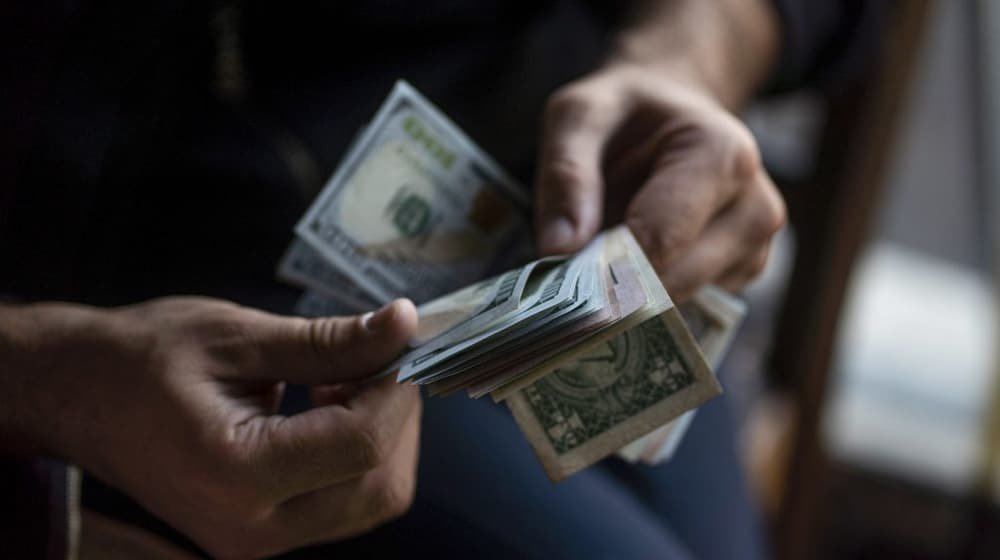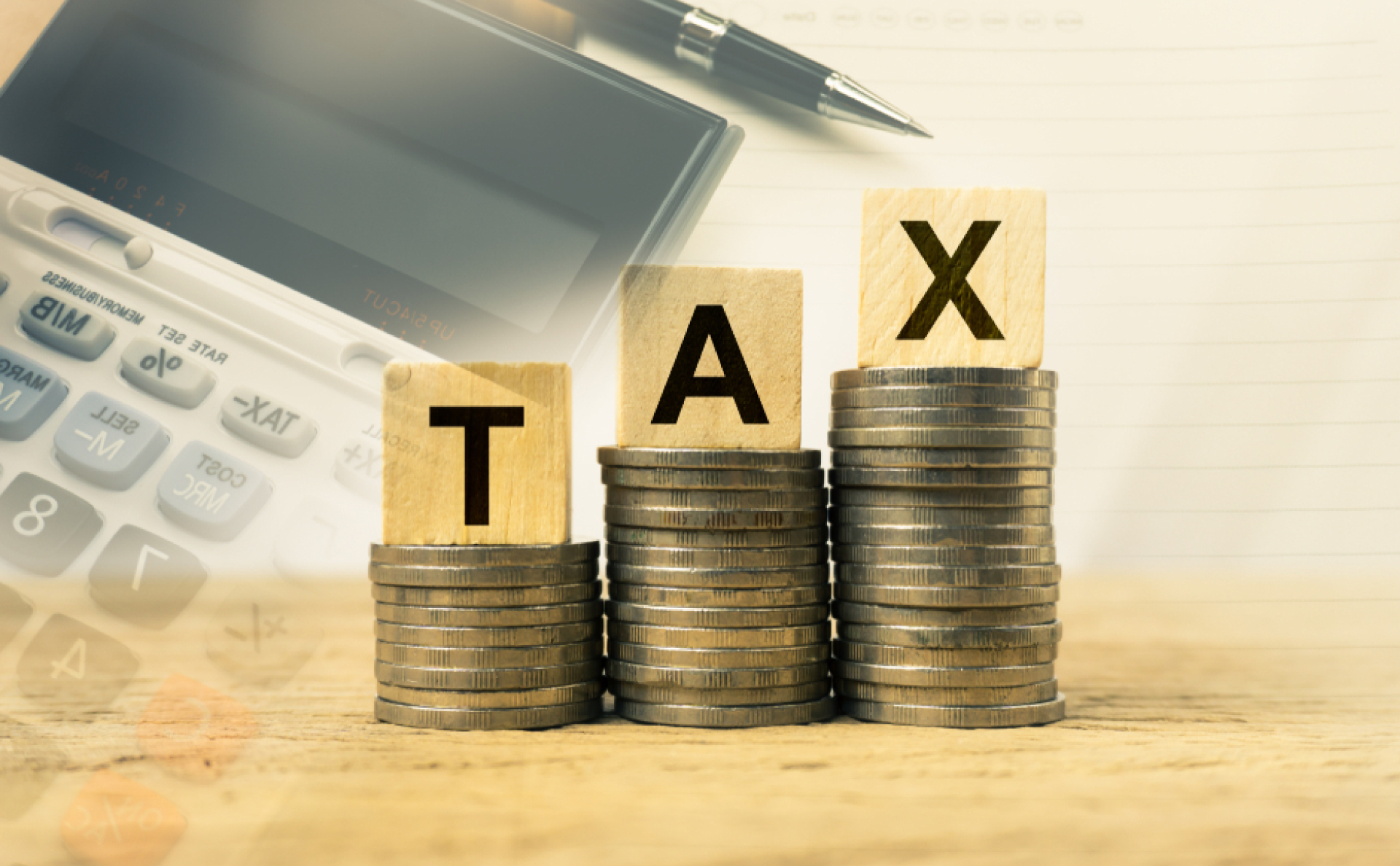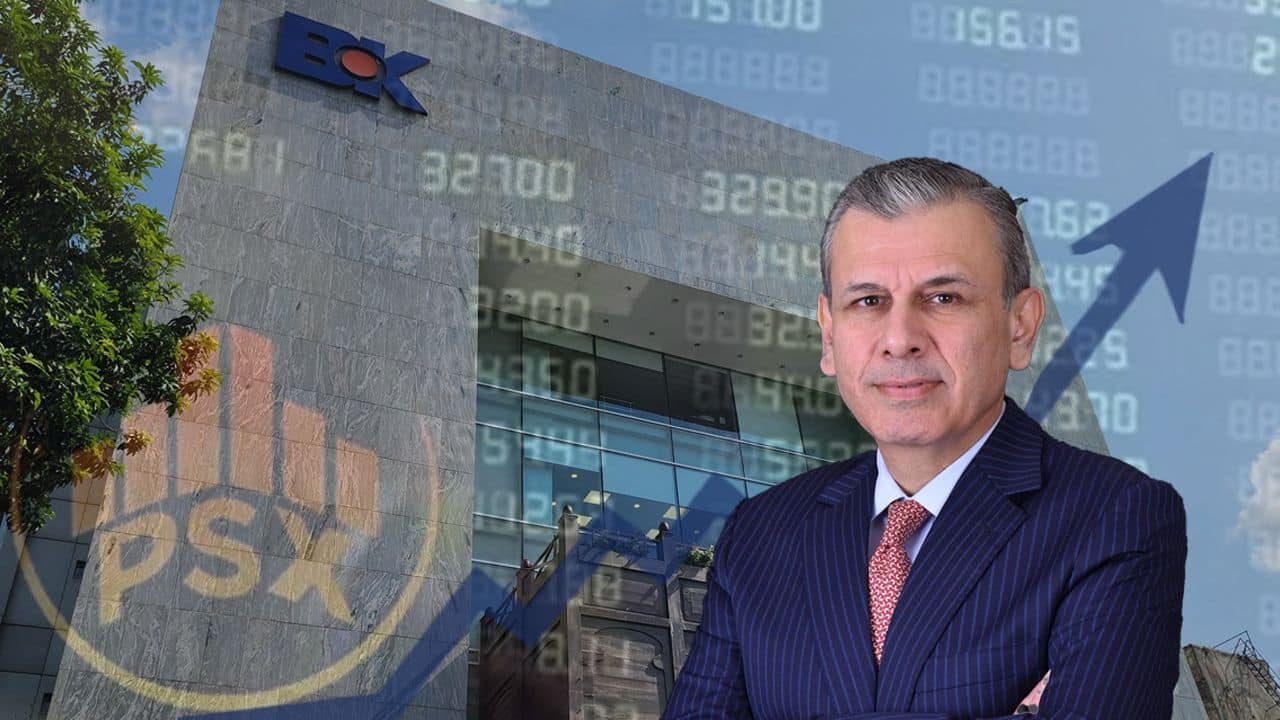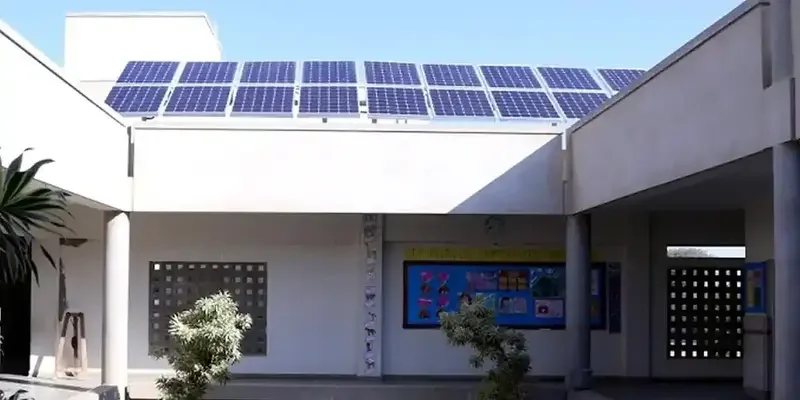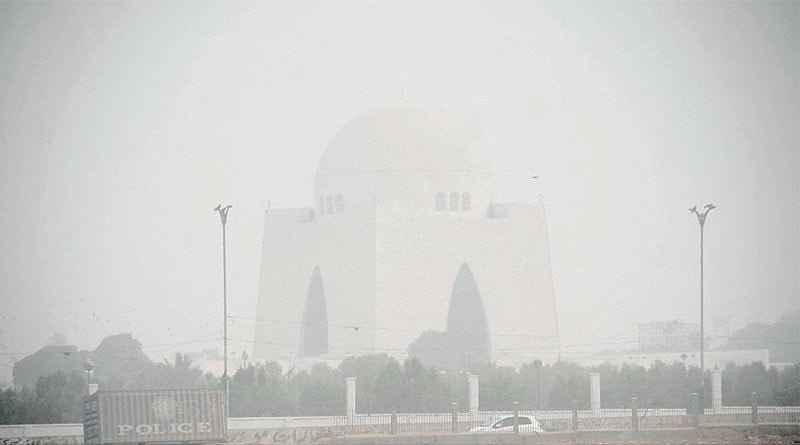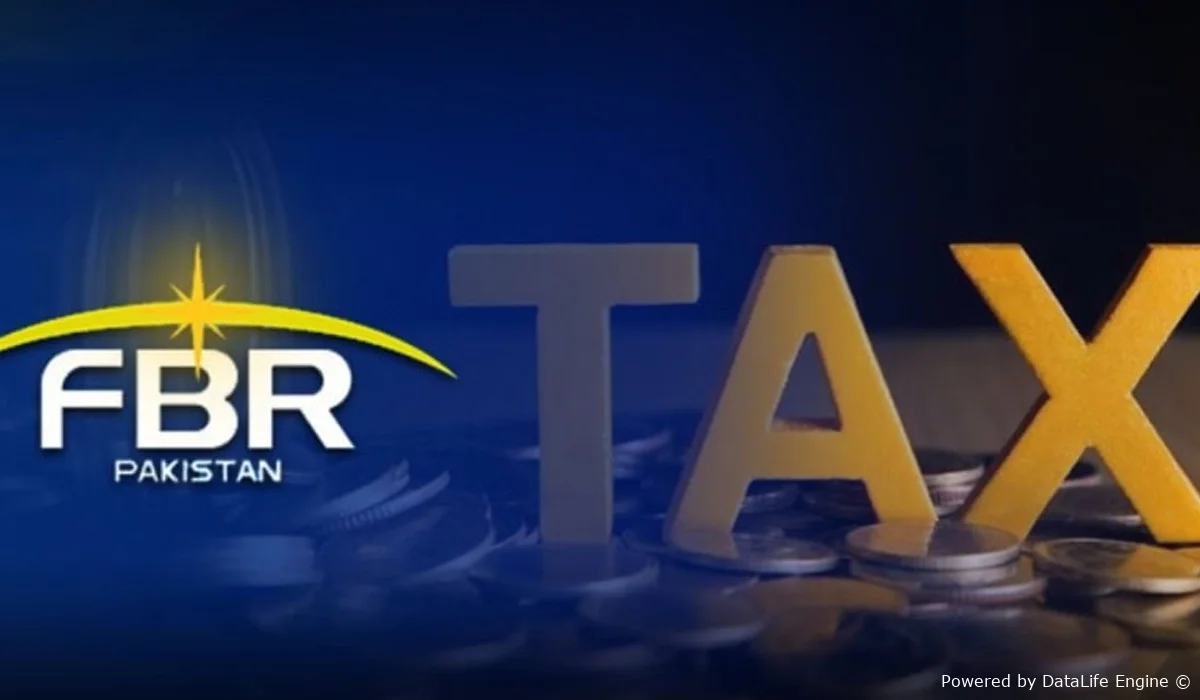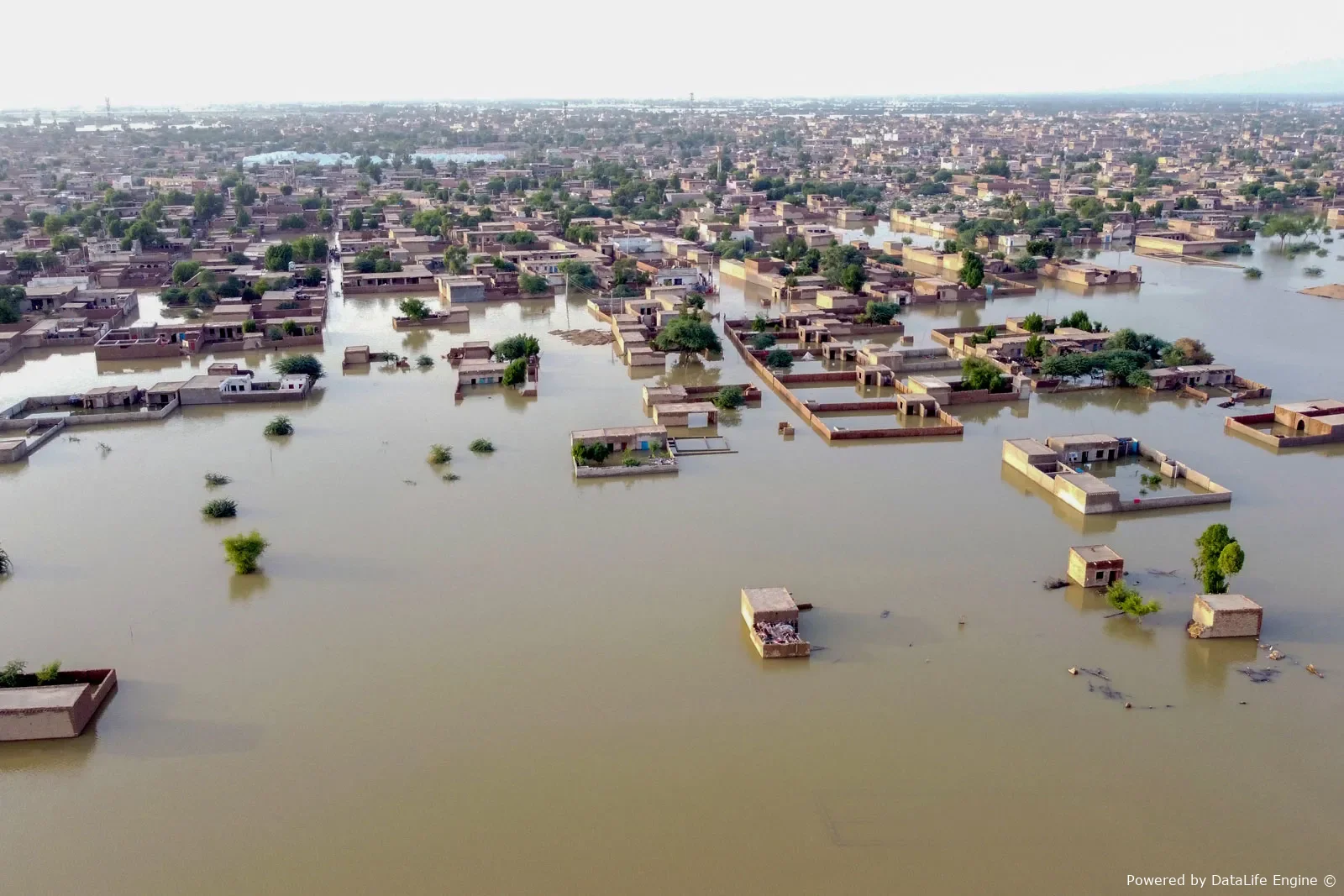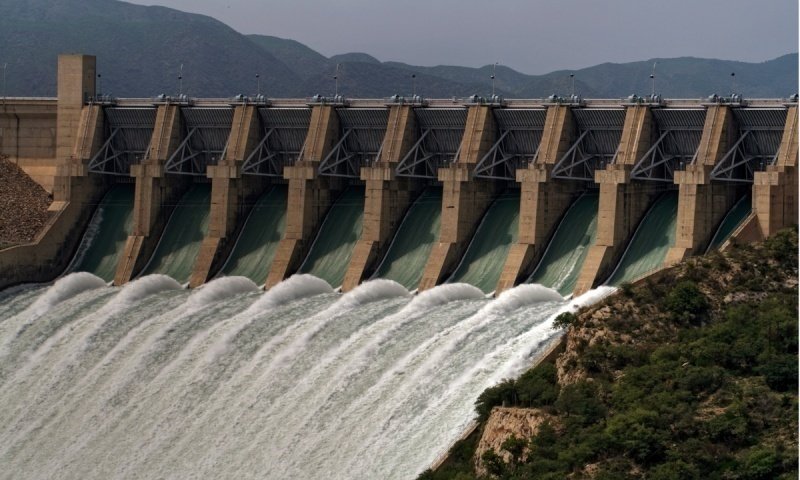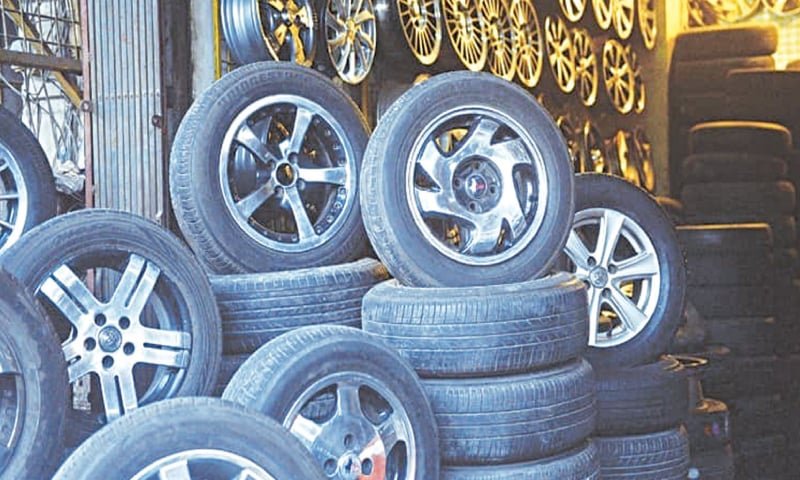Pakistan’s foreign exchange companies reported a decline in dollar sales to banks during the first quarter of fiscal year 2026, selling $646 million compared to $750 million in the same period last year, marking a 14% drop. This decrease is linked to a reduced supply of physical dollars and lower remittance inflows from overseas Pakistanis visiting the country. The Exchange Companies Association of Pakistan (ECAP) highlighted that delays in dollar payments from banks to exchange firms also contributed to the decline. ECAP Chairman Malik Bostan described the $646 million sales figure as “not discouraging,” despite being lower than the previous year.
Monthly breakdown shows a consistent decline with exchange companies selling $290 million in July, $170 million in August, and $186 million in September, compared to $333 million, $294 million, and $213 million respectively in the same months of fiscal year 2025. Market participants indicate a shortage of physical dollars, prompting many exchange firms to issue dollar-denominated cheques for deposits in foreign currency accounts. The scarcity is further worsened by banks delaying payments to exchange firms, complicating access to cash in the open market.
Currency analysts attribute the decline to weaker remittance growth this year and concerns around a “managed” exchange rate, which may be diverting inflows away from official channels. Despite the rupee’s recent appreciation over the last two months, experts argue that the current exchange rate does not fully represent true market parity.
Pakistan received $38 billion in remittances during fiscal year 2025 and aims to achieve $40 billion in the current fiscal year. ECAP Chairman Malik Bostan remains optimistic about meeting this target, stating that remittance inflows continue to be satisfactory. Analysts believe that maintaining remittance levels similar to last year will be crucial in supporting exchange rate stability amid ongoing economic challenges.

